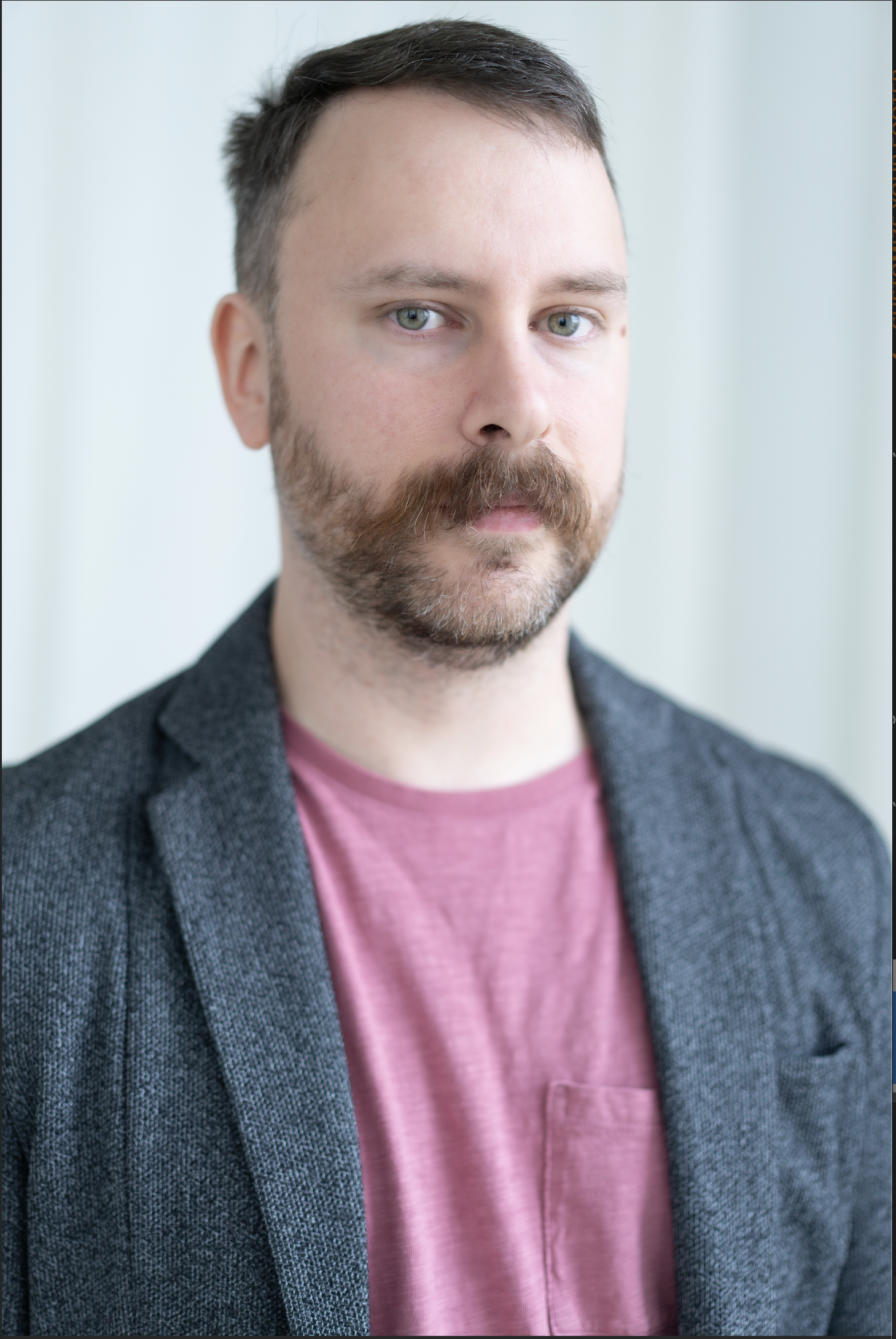40 Days of Music, Part III
The Christian liturgical year is superimposed on the calendar year, with some interesting and poetic consequences: we celebrate the birth of Jesus, the “light of world” just after the shortest day of the year on December 21st, and right before the beginning of the new year. At Easter we celebrate the Resurrection with the first blossoms of springtime. Light and darkness are powerful symbols in the gospel story, and they constantly reappear in surprising ways.
During Jesus’ crucifixion, darkness covered the earth from noon until 3PM, at which point Jesus breathed his last breath and there was a violent earthquake in the region. These symbols- darkness and earthquake, make their way into Lenten art and music, including the tradition of Tenebrae, which involves the reading (or singing) of psalms and litanies, while candles are extinguished, plunging the church gradually into total darkness. This week we will look at two different music settings of the Tenebrae, and a very strange chamber work by a pioneer of electronic music.
Plange Quasi Virgo (Weep Like A Virgin) from the Tenebrae Responsories, Carlo Gesualdo (1566-1613). Sung by Graindelavoix.
Carlo Gesualdo is perhaps the only composer in history who is also a murderer- in 1590 he killed both his wife and her lover, a crime that Gesualdo was later totally absolved from. However, the act haunted the aristocratic composer the rest of his life, and his music bears the mark of a soul obsessed by death and darkness. His Tenebrae Responsories are a perfect example of this obsession with darkness, full of sumptuous harmonic changes and expressive text-painting. The litany, “Plange Quasi Virgo”, is typically sung on the morning of Holy Saturday:
Plange quasi virgo, plebs mea,
ululate, pastores, in cinere et cilicio
quia veniet dies Domini magna et amara valde.
Accingite vos, sacerdotes, et plangite, ministri altaris,
aspergite vos cinere.
Quia veniet dies Domini magna et amara valde.
(Weep like a virgin, my people,
howl, keepers of the flock, covered with ashes and wearing hair-shirts,
for the great and very bitter day of the Lord will come.
Prepare yourselves, priests, and lament, acolytes before the altar,
cover yourselves with ashes.
For the great and very bitter day of the Lord will come.)
Graindelavoix are a pan-European early music vocal group, led by Björn Schmelzer. Their approaches to music performance are typically unconventional, incorporating stage elements and impassioned, expressive singing, often in contrast to how most early music is performed.
Responsorio delle Tenebre (Psalm 53), Salvatore Sciarrino (1947-). Sung by Singer Pur
This Tenebrae responsory stands in total contrast to Gesualdo’s: it is a work of pure starkness, with lonely vocal lines keening for God’s mercy in a dark, empty space. This vocal work stands in contrast to most of Salvatore Sciarrino’s music, which is mainly instrumental and full of complex, whispy textures.
Ach Golgatha! for harp, organ and percussion, Karel Goeyvaerts (1923-93)
Karel Goeyvaerts is a relatively unknown name today, but originally the Belgian composer was at the centre of new music creation after World War II in Europe, producing some of the first pieces of electronic music in 1953 with fellow composer Karlheinz Stockhausen. Goeyvaerts was fascinated by the pure sound of the sine wave, and wrote several works based on this. Later in his career he frequently wrote music with religious themes.
I randomly encountered Ach Golgatha! on my regular scouring of Youtube music channels and was baffled by this strange ascetic chamber work, full of stark drums and repetitive harp melodies. The music is almost ritualistic in nature, and one can envision a slow, solemn procession up the hill to Calvary.
Tyler Versluis


